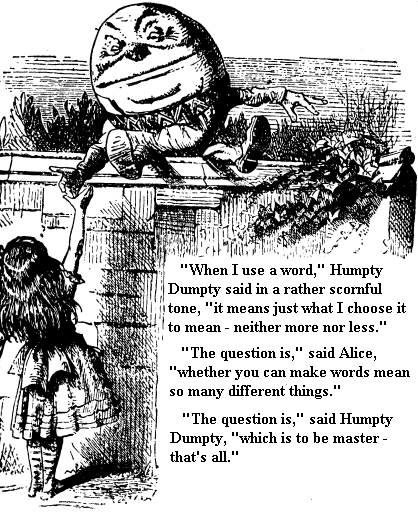As the Administration and Congress gird themselves for what is likely to be a long and arduous election-year battle over Federal spending, key milestones in the annual budget and appropriation's ritual are on the immediate horizon. House Appropriations subcommittees have sent out official calls for Fiscal Year (FY) 2013 spending and language requests that Members wish to be included in appropriation bills, and the President is set to release his Administration's FY 2013 budget proposal next Monday, February 13.
Next week's Obama FY 2013 budget plan (
which can be found on this Office of Management and Budget site early Monday morning) is widely expected to mirror the rather austere
spending plan from September 2011 (called the "President’s Plan for Economic Growth and Deficit Reduction"), which was released following the August deficit-reduction deal (
see news coverage here). Traditionally, the release of the Administration’s budget proposal sets the stage for development of a Budget Resolution, for hearings on the President’s budget proposal and for appropriation bill development.
Chairpersons of the House Labor-HHS-Education, Financial Services, and Interior-Environment Appropriations subcommittees have kicked off that process, each sending "Dear Colleague" letters to House Members, calling for spending request submittals and setting a March 20 deadline for their submission via an electronic database (accessible starting on February 13). Similar letters from the other nine House appropriation subcommittees are expected to follow shortly. During this period of each year's fiscal planning cycle, House Members often hear from constituents in their respective districts (and other advocates) regarding stakeholder spending priorities. Those priorities can sometimes be reflected in Member-submitted spending requests.
House Budget Committee Chair Paul Ryan (R-WI-1) is reported to be already preparing a Budget Resolution. Congress would typically negotiate and adopt the Budget Resolution as its response to the President’s budget proposal. The Budget Resolution is used, in part, to set spending ceilings for appropriations bills that would fund the government during the upcoming fiscal year.
Following approval of the Budget Resolution (assuming it is, in fact, approved), Appropriations Committees in both the
Senate and
House would normally go about developing legislation to allocate funds, in line with Fiscal Year 2013 spending ceilings set by the Budget Resolution. The appropriations subcommittees with jurisdiction over funding for Federal departments and agencies that manage key Mississippi River Basin programs, and links to their web pages are:
The words “traditionally,” “typically,” and “normally” are used very intentionally in the above descriptions of what may be to come. During many (if not most) years the process does not follow any “traditional” pathway at all (look to the Fiscal Year 2012 funding process as a prime example). An informative Congressional Research Service introduction to the Congressional appropriations process and its multiple variations
can be found here.



